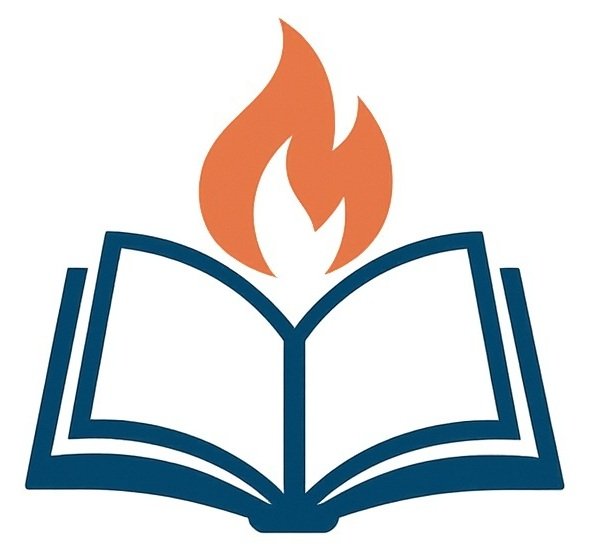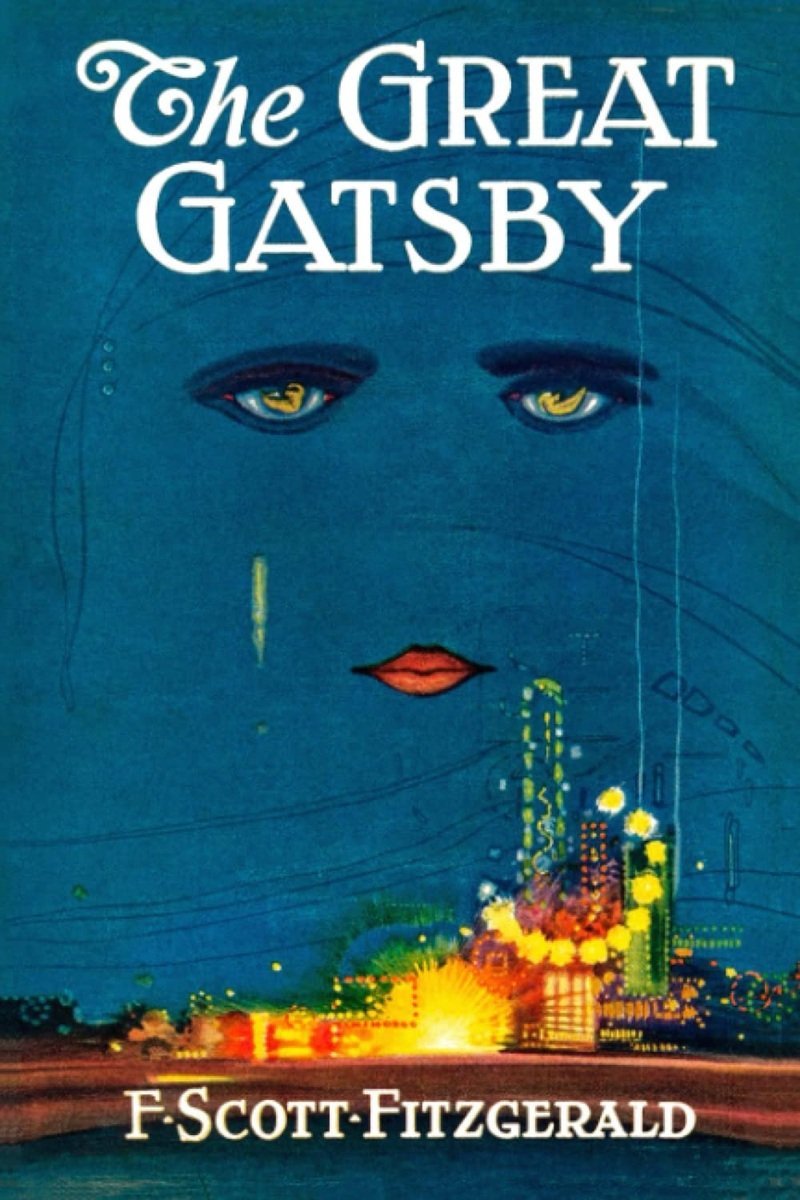Your cart is currently empty!
The Great Gatsby, written by F. Scott Fitzgerald in 1925, is a quintessential American novel exploring wealth, ambition, love, and the elusive American Dream. Set in the Roaring Twenties, it offers rich opportunities to study symbolism, characterization, narrative perspective, and themes of social class and moral decay. Fitzgerald’s lyrical prose also allows analysis of imagery, motifs, and irony. Suitable for Grades 11–12, this novel encourages students to critically examine literary devices, societal context, and human behavior, making it ideal for advanced high school English and literature curricula.

Literature Guide Content Outline
| Title | The Great Gatsby |
| Author | F. Scott Fitzgerald |
| Year Published | 1925 |
| Suitable Grade Level | Grades 11–12 |
| Eight Lessons: Chapter Breakdown | Lesson 1: Chapter 1 Lesson 2: Chapter 2 Lesson 3: Chapter 3 Lesson 4: Chapter 4 Lesson 5: Chapters 5, 6 Lesson 6: Chapter 7 Lesson 7: Chapter 8 Lesson 8: Chapter 9 |
| Key Themes | – The American Dream: Its corruption. – Wealth, class, and social status: Disparities and social mobility. – Love, obsession, and desire: Romantic idealism and longing. – Identity and self-invention: Creating one’s persona. – Moral decay and disillusionment: Societal and personal corruption. – Illusion vs. reality: Dreams versus truth. |
| Literary Elements | – Symbolism: The green light, Valley of Ashes. – Foreshadowing: Hints at Gatsby’s fate. – Irony: Gatsby’s dream versus reality. – Characterization: Complex portrayals of Gatsby, Daisy, and others. – Setting: Roaring Twenties, East Egg and West Egg. – Narrative perspective: First-person, Nick Carraway. |
| Rhetorical Devices | Imagery: Vivid descriptions of parties and settings. – Metaphor: The eyes of Dr. T. J. Eckleburg – Simile: Comparisons of characters and emotions. – Allusion: References to historical and literary figures. – Repetition: Emphasizes key ideas, e.g., “old sport.” |
| Curriculum Connections | – American literature: Jazz Age, Roaring Twenties context. – Themes of social critique: class, morality, and the American Dream. – Comparative literature: contrast with other American Dream narratives. – Writing analysis: essay topics on symbolism, theme, and character development. – Historical context: post-WWI America, Prohibition, economic disparity. |
The Great Gatsby: Vocabulary Activities

Create anything
Navigating life’s intricate fabric, choices unfold paths to the extraordinary, demanding creativity, curiosity, and courage for a truly fulfilling journey.

Create anything
Navigating life’s intricate fabric, choices unfold paths to the extraordinary, demanding creativity, curiosity, and courage for a truly fulfilling journey.

Create anything
Navigating life’s intricate fabric, choices unfold paths to the extraordinary, demanding creativity, curiosity, and courage for a truly fulfilling journey.

